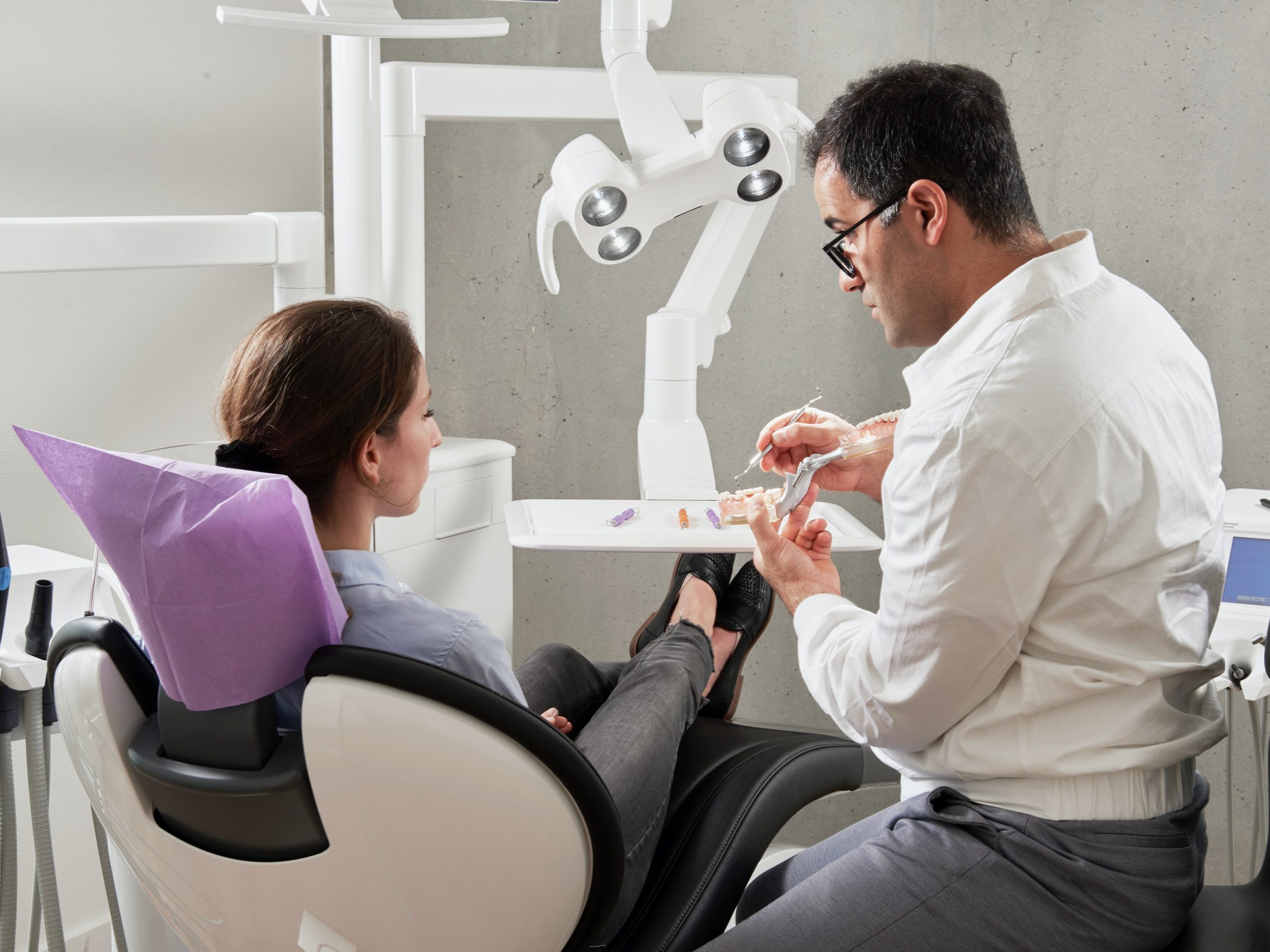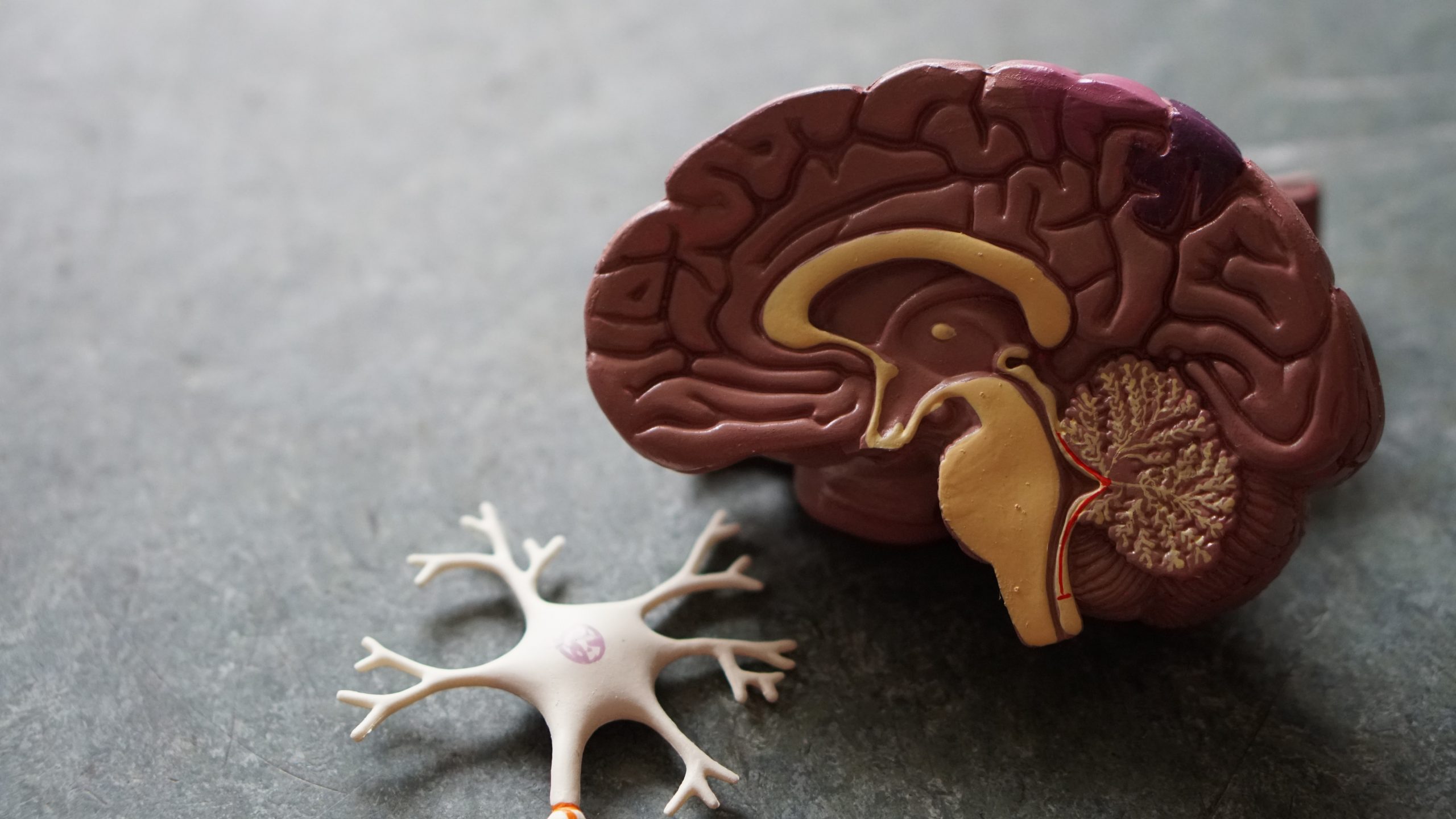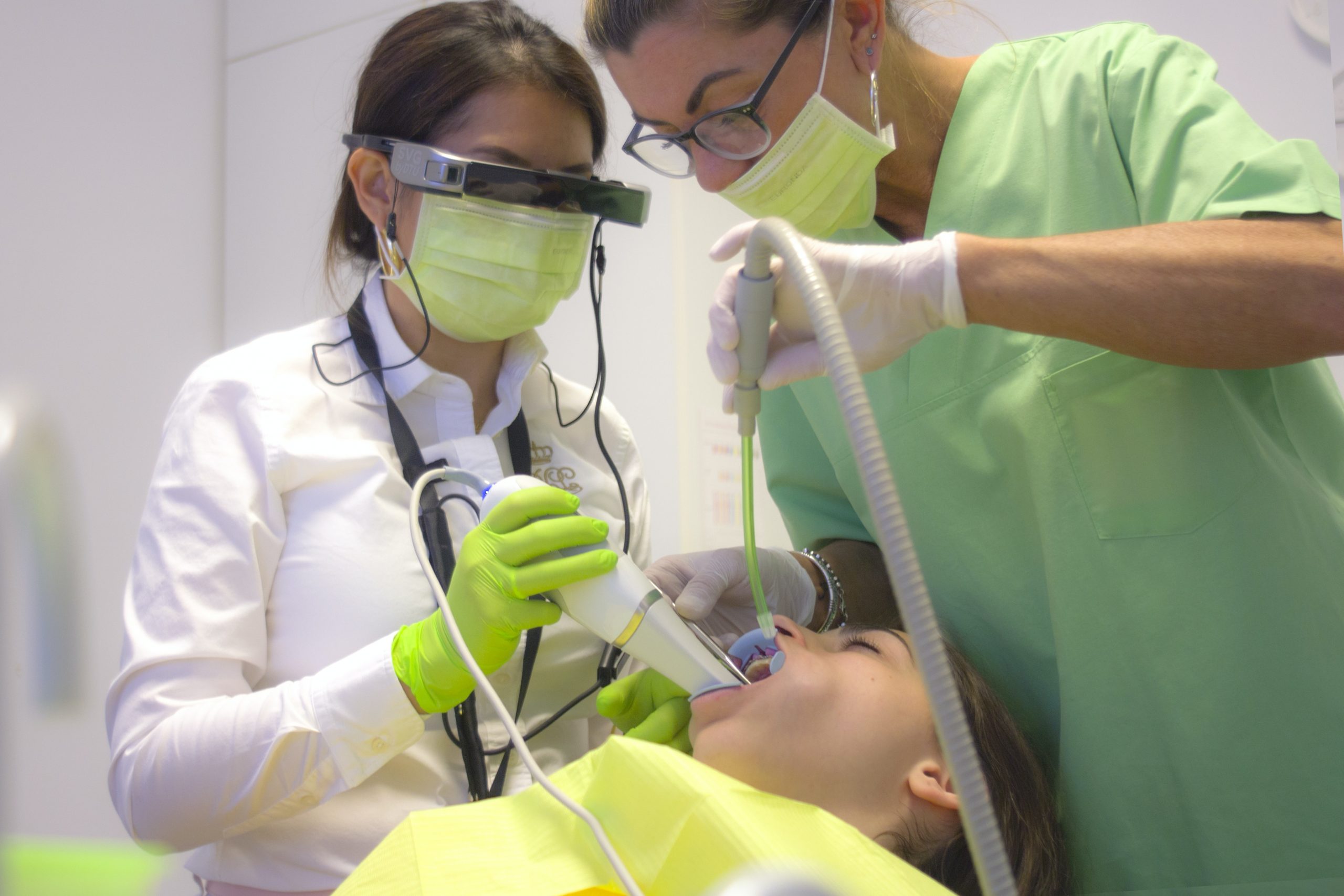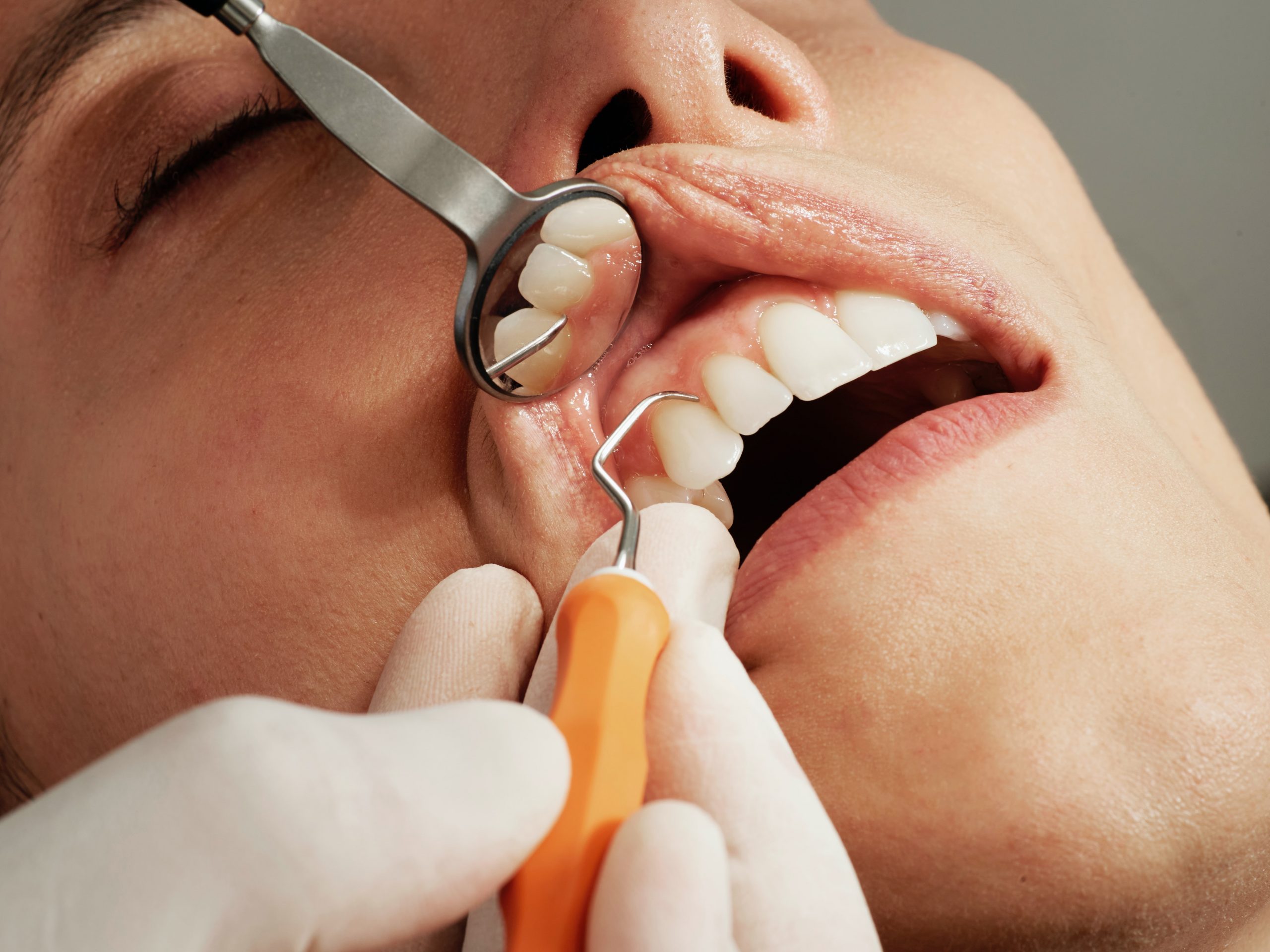
Role of Vitamin D for Periodontal Tissues
Vitamin D is obtained from foods and dietary supplements or synthesized in the skin from UV-B rays from the sun. It is then carried through the bloodstream to the liver where it is hydroxylated by 25-hydroxylase to 25(OH)Dihydroxy cholecalcitriol.
There are many causes of vitamin D Deficiency. It determines the pathogenesis of many diseases including periodontitis. Low intake or prolonged vitamin D deficiency leads to the progression of periodontitis and jaw bone metabolism – leading to changes in bone mineral density, alveolar bone resorption, tooth loss, changes in chewing function and osteoporosis.
Vitamin D deficiency has many causes, negative effects on the body contributing to systemic and oral lesions.
Caries and periodontitis, the two most common oral diseases in the world, are associated with low levels of vitamin D. The main destructive feature of periodontitis is the loss of alveolar bone, which is irreversible and that can eventually lead to tooth loss. This process is mediated by cytokines, and low bone mineral density has been suggested as a risk factor for alveolar bone resorption. Studies on osteoporosis and low bone density indicate a positive correlation between these diseases and periodontal bone loss.
Chronic periodontitis is an inflammation of the periodontium caused by microbial biofilms that form on the teeth.
The bacterial products, as well as the host's immune response to these products, cause destruction of the supporting tissues of the teeth, including the alveolar bone. Due to this tissue destruction, chronic periodontitis is the most common cause of tooth loss in adults.
Prevention of this disease is important as tooth loss can affect nutritional status and quality of life. Chronic periodontitis is also associated with conditions such as cardiovascular disease and type II diabetes.
In the circulatory system, DBP is the main carrier of vitamin D, a molecule secreted primarily by liver cells. DBP is highly expressed in plasma and has many other functions such as actin binding, macrophage activation, osteoclast activation, bone metabolism and leukocyte chemotaxis.
In generalized aggressive periodontitis, plasma DBP levels were higher than in healthy controls and correlated with the severity of periodontal disease. Cellular expression of antibacterial peptides is an important defense mechanism when the body attacks bacteria is exposed. associated challenges. The antimicrobial activity of these peptides is generally related to the formation of pores in bacterial membranes.
These molecules also perform other important immune functions produced by various cells, including epithelial cells, macrophages, lymphocytes and neutrophils. One of the mechanisms that explain the antibacterial and immunomodulatory role of vitamin D is the regulation of two major groups of peptides: beta-defensins and cathelicidins. It is clear that further research is needed on impact vitamin D status and periodontal health.











